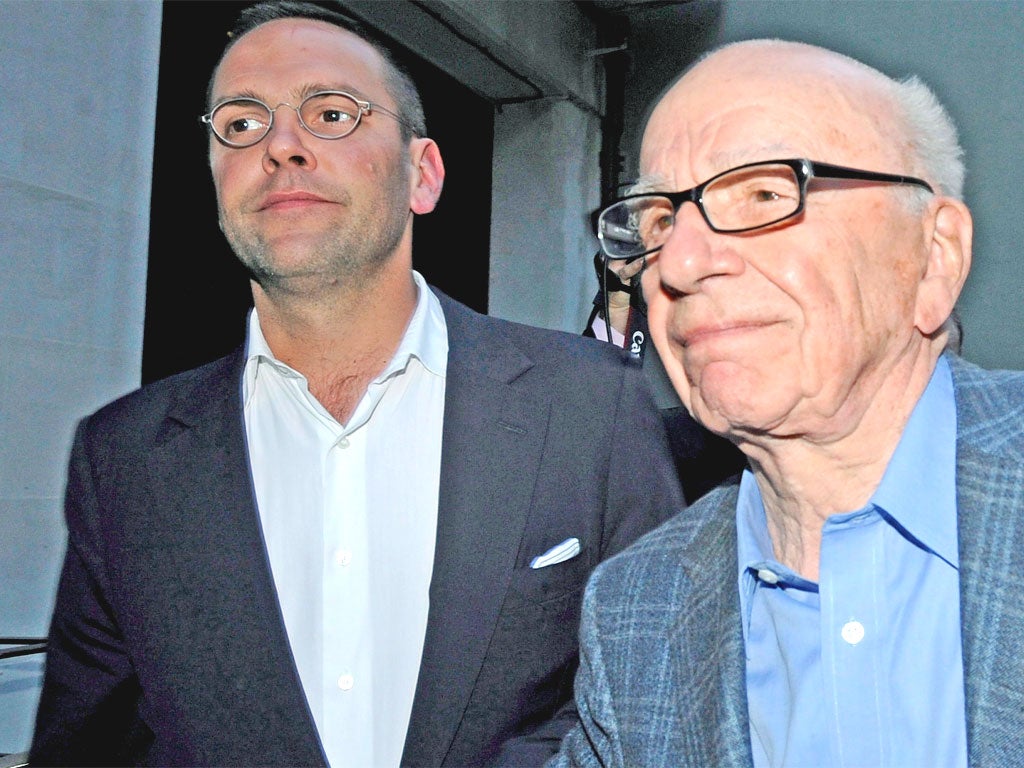Ian Burrell: He came to clean up Wapping but leaves behind a bigger mess

When James Murdoch took charge at News International's Wapping plant in 2007 he was just 34 and determined to preside over a modern media organisation and a clean one. He drove an environmentally friendly Toyota Prius, which he parked prominently at the front of the main offices. He introduced hanging plants, banned the use of hand towels and ordered wall posters that urged staff to save energy and help NI become a carbon-neutral company.
Buoyed up by his success as chief executive of the satellite broadcaster BSkyB, where he had greatly increased the subscriber base, he was convinced he could find new revenue streams for the newspaper businesses which his father had acquired over 40 years.
Inky-fingered press executives said they felt that James, who showed little instinctive appreciation of print media, looked on them "like dinosaurs". One said: "He was extremely interested in business but when you started talking about the nuts and bolts of newspapers he began fiddling with his BlackBerry."
Many of those executives bought themselves a Prius as a gesture to their high-powered young boss. James, who is a fan of Star Wars, mocked the "evil empire" reputation of his family's media business by installing a giant figure of Darth Vader outside his office. He worked from a high-level desk without a chair, to emphasise his work ethic, and bought some designer cardboard furniture to reinforce his green credentials.
Although he struggled to embrace the culture of newspapers he was determined to create a London powerbase which would further establish his reputation as a media businessman and the obvious successor to his father. In 2009, News International unveiled stunning architects' plans to transform the site which was widely known as "Fortress Wapping", the scene of violent clashes between police and trade unionists in 1986. The plans showed a modern media campus with high glass walls, shops and restaurants. It was to incorporate all of News Corp's London properties, including the offices of Dow Jones, HarperCollins, Fox and Myspace.
James's plan for the papers was to start treating readers as customers and to get more money out of them. In 2010, when it appeared News International had weathered the storm over phone hacking at the News of the World, the company put up an online paywall around the websites of The Times and The Sunday Times. The world's news organisations looked to Wapping to see if a new business model would be discovered.
But the news agenda never allowed James to see his vision through; phone hacking kept returning to the front pages. The plans for a media campus were scuppered by the recession and NI put the fortress up for sale and moved to a nearby rented site. Since last year, when James relocated to New York, he has rarely been seen at his 10th-floor London office. But the Darth Vader statue is still there.

Join our commenting forum
Join thought-provoking conversations, follow other Independent readers and see their replies